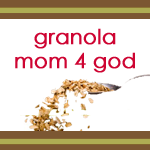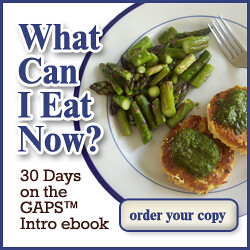I got excited one morning. (And a little disappointed because my breakfast plans were foiled.)
Mold.
We had mold on our bread.
Mold on our strawberries.
I like some mold. But not on my bread or strawberries when I want to eat them.
However, this particular mold reminded me of something I had just read in The Vintage Remedies Guide to Real Food.
Real bread does not usually grows mold; it becomes stale and dry. Dried bread can often be “revived” with some water and a short trip to the oven. Bread baked with baker’s yeast, however, grows mold and cannot be salvaged. These oddities are due to the natural microbial balance within foods that protect and preserve them from dangerous pathogens. When we tamper with a system that works, it usually ends up worse, not better (pp 57).
Moral of the story – if you want to know if you are eating REAL food . . . the rule is of thumb is that should remain stable about a week—especially your fresh, real, and raw ingredients. Food that can sit on your shelf (besides canned or fermented food) probably isn’t really food. It just looks like it.
Consider the Twinkie, if you need proof.
This was a little convicting to me. I often use yeast to make my bread. I want the “quick” way to whole foods. However, true bread that supplies you with all sorts of yummy nutrients can be made naturally – by the naturally occurring yeast that floats in the air that we breathe.
I recognize that the type of bread I am referring to takes time. And many of us feel like we don’t have enough of that . . . we need to ferment some of that!
Alas, I don’t have a solution for you. I suppose my next endeavor will be to make true, honest-to-goodness, natural, whole wheat dough one of these days.

















